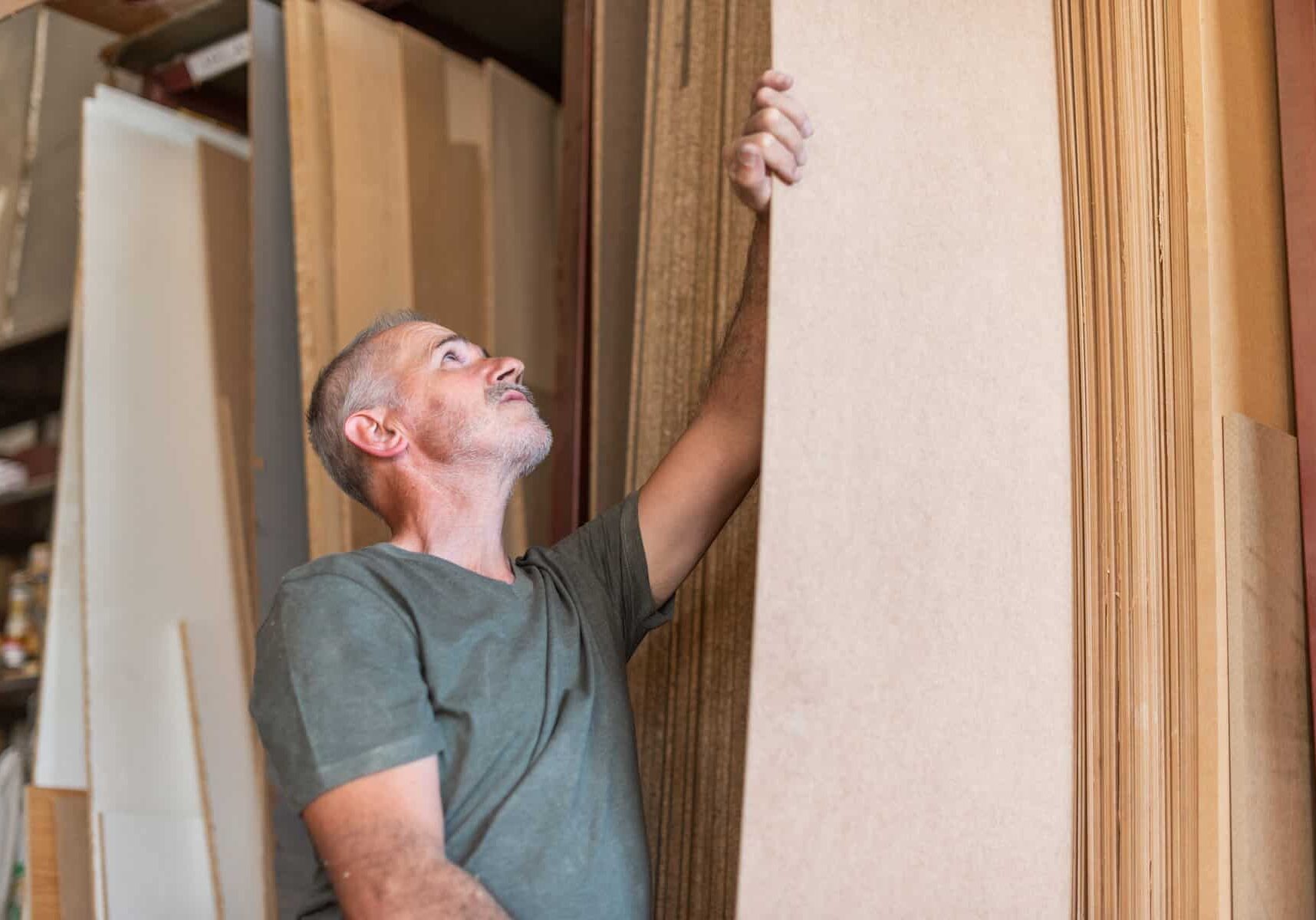
Swollen Baseboards? MDF Vs. Real Wood
What’s the deal here? You just had your carpet or tile cleaned and now you notice you have a few swollen baseboards. You always assumed you had wooden baseboards! Unfortunately, I’m here to tell you that you don’t. In fact, what you have is a cheap wood alternative called MDF. MDF is short for Multi Density Fiberboard which is basically another name for pressboard or particle board. MDF is made of sawdust and resin which is then formed into moldings, panels and baseboards. MDF is used because it is more cost effective than using real wood, it’s appealing to the eye due to it’s lack of imperfection and it’s ease of use.
MDF is great in applications where moisture will never be an issue such as decorative trim work, fireplace mantels, crown molding and column wraps. Unfortunately, in order to cut costs, contractors and DIYers are cruising down the molding isle at their local home improvement store and choosing this cheaper baseboard alternative.
When MDF gets wet it acts like a sponge trapping the moisture and swelling your baseboards. Sometimes they will even start crumbling back into saw dust! For this reason, MDF should not be used in applications where it comes into contact with water.
So what can you do if you have MDF or you move into a home with MDF baseboards? First, take notice of any gaps between the tile and the baseboard as well as any small nicks in the paint. These gaps MUST be caulked to seal the space between the bottom of the baseboard and the tile. If there is even the smallest opening, water WILL get in there while you are mopping or having your floors cleaned and you will have swollen baseboards.
If you have decided to install MDF baseboards in your home to save money then you must take all the precautions necessary to make sure you don’t end up with a house full of swollen, crumbling baseboards. First, make sure to paint the entire baseboard, front-top-bottom-sides and back. Also, occasionally check that the caulk is holding tight where the baseboard sits on the tile. It literally takes the smallest amount of water to ruin this type of baseboard as it is basically made of paper. If you can’t tell, these baseboards are our nemesis. We can usually spot them straight away and when we do we discuss the options with our clients regarding cleaning near these type of baseboards. Other times, these MDF baseboards appear to be caulked, very well, and so we go about our business cleaning the tile. Most of the time it’s not a problem but like I said earlier, even the tiniest separation in the caulk, or a missed caulk line, can lead to a swollen baseboard.
It’s almost impossible not to get moisture near the baseboards when doing a restorative type of cleaning. We really try and stay away from these type of baseboards during our cleaning process but there are times when water runs down a grout line toward the baseboard, or the buffer pushes water towards the baseboard, where there is either no caulk or a gap in the caulking. It happens and we don’t always know that there is a crack in the caulk until it’s too late.
If you have MDF baseboards and they are not properly caulked or painted you may be replacing a few pieces after the fact.
